During my last few days in Istanbul, my host family wanted to take me to see something that I hadn’t seen before, and something that not all of the tourists go to see.
We decided on the Yerebatan Sarnici (sunken cistern), or the Basilica Cistern.
I wasn’t really sure what to expect, as my host told me that it was an flooded, underground church. I packed my camera, tripod (I was expecting low lighting) and wallet, and we headed off to the Cistern.
The Basilica Cistern is the largest of several hundred ancient cisterns that lie beneath the city of Istanbul (formerly Constantinople), Turkey. It was built in the 6th century during the reign of Byzantine Emperor Justinian I.
We arrived to what looked like little more than a plain old modern day building, with high security. It was pretty much right across the road from the Hagia Sophia and the Blue Mosque, yet the line-up was much shorter.
After a short wait, we entered the main doorway and proceeded to pay for our tickets. Admission was 10 Turkish Lira.
Just before we were about to enter, the guard informed me that I was not allowed to bring my tripod inside. Great, 10YTL for a bunch of blurry, low-light photos.
I handed over my tripod and proceeded through the entrance. We walked down a few sets of stairs and I got my first peak at the Cistern through a wide opening. We rounded the last staircase and entered the large, echoing room.
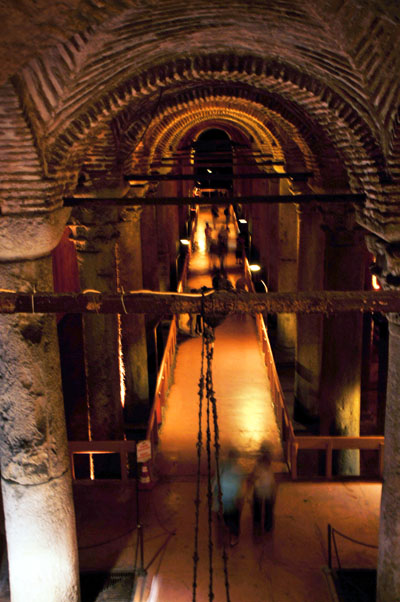
It was one large hall that was broken up by a forest of hundreds of large marble, ionic and Corinthian (yes–I actually remembered this stuff from high school art history!) pillars.
The ceilings arched between each pillar, four directions for each set. Lights rested at the base of each column, creating a glowing trail up the stone, and reflecting the entire scene off the water below.
I was able to balance my camera on the railing of the wooden bridges, for a makeshift tripod. It worked pretty well.
I forgot to mention the water.
My host wasn’t kidding about the place being flooded. The entire floor was hidden beneath a shallow pool of water, however it wasn’t flooded. In fact, the walls and ceiling are water proof, so it’s entirely impossible.
Water is imported by aqueduct from a nearby forest at their desired levels. It seemed strange to me, but it was quite lovely to look at and really added to the effect.
The beautifully lit columns above the water were mirrored on the water, creating a dream-like effect from every angle.
Below the water, there were dozens of large fish swimming around. I was pretty surprised about this, as I certainly never expected to see a bunch of fish swimming around in a church.
We made our way across the maze of bridges that hovered over the waters and the fish. The view looked even better from the other side.
At the far back corner, was a brightly lit area and a small crowd of people. Intrigued, I walked over to see what was going on. There were two large Medusa head statues. They were normal statues, but one of them was laying on its side, and the other was upside down. Weird.
The origin of the two heads is unknown, though it is thought that the heads were brought to the cistern after being removed from a building of the late Roman period.
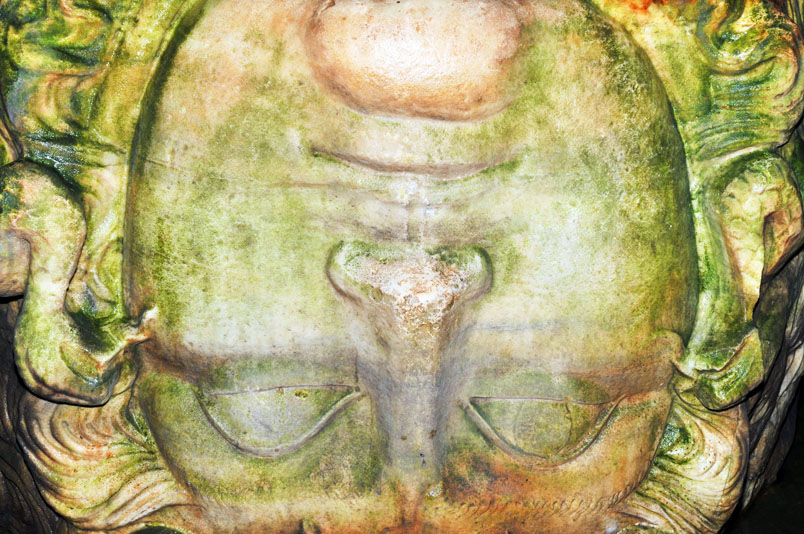
Tradition has it that the blocks are oriented sideways and inverted in order to negate the power of Medusa’s gaze. Interesting. If Medusa doesn’t turn you into stone, you can toss a few coins in and makes wishes!
the Cistern was definitely a pretty cool place to visit. If you’re looking for something a little more off the beaten path (although, not entirely) in Istanbul, you should check it out. I had actually never heard about it before, until I visited for myself.
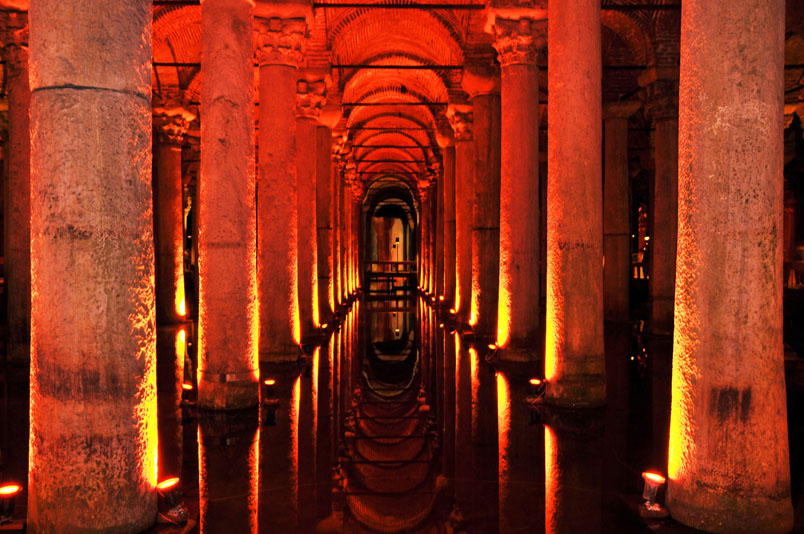

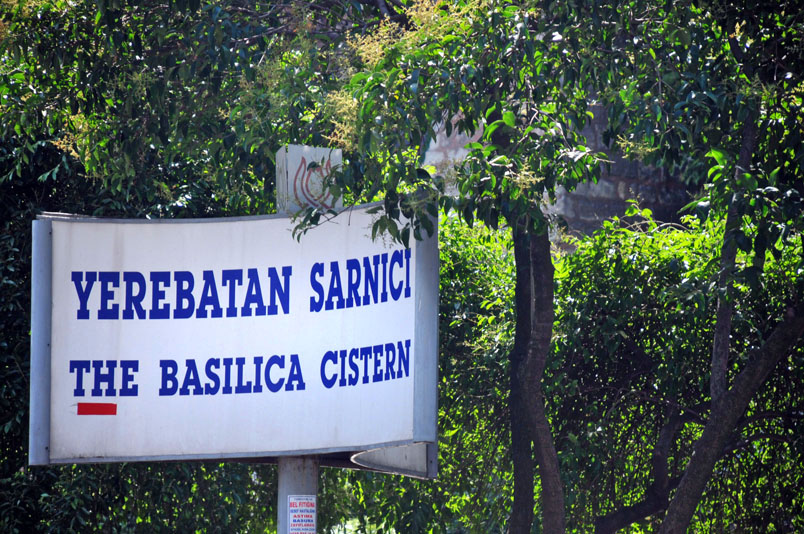
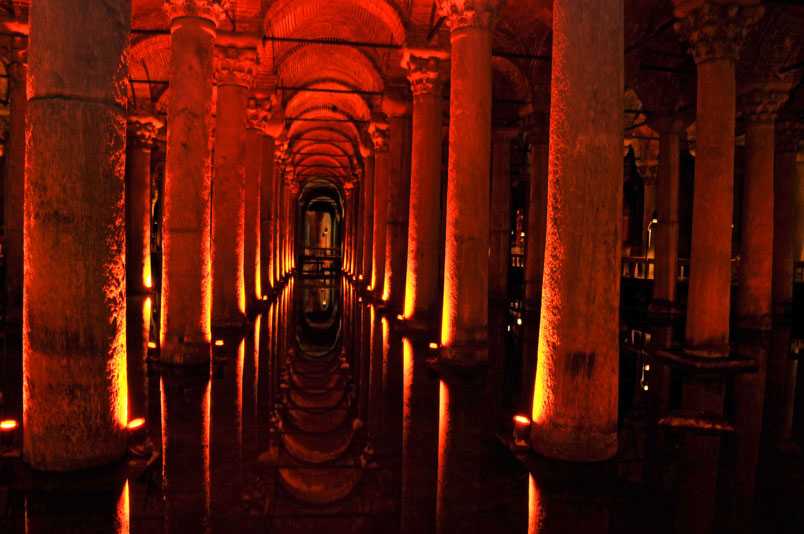


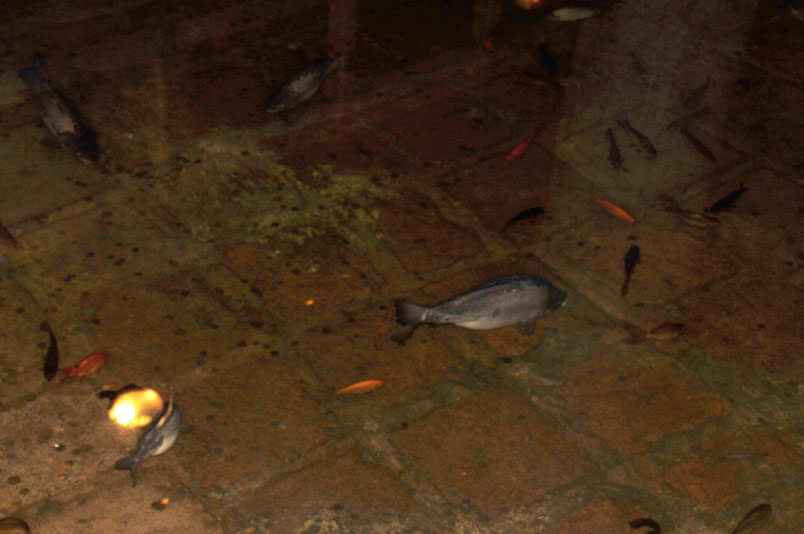
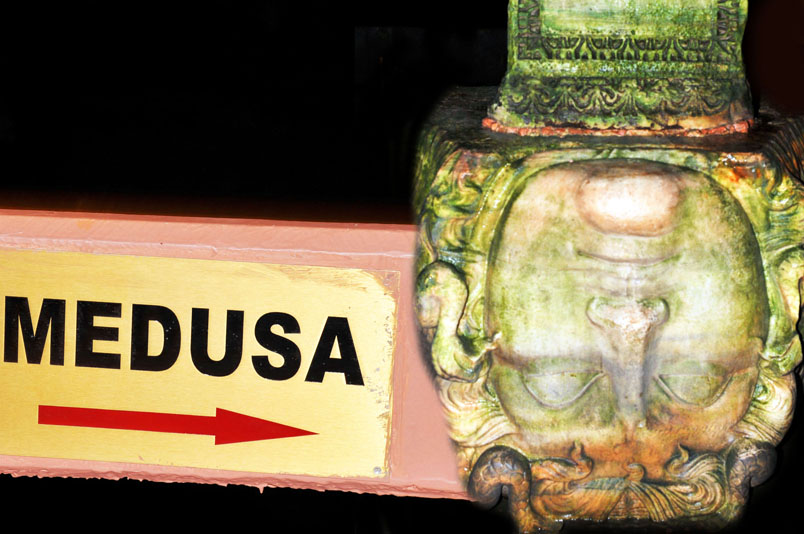
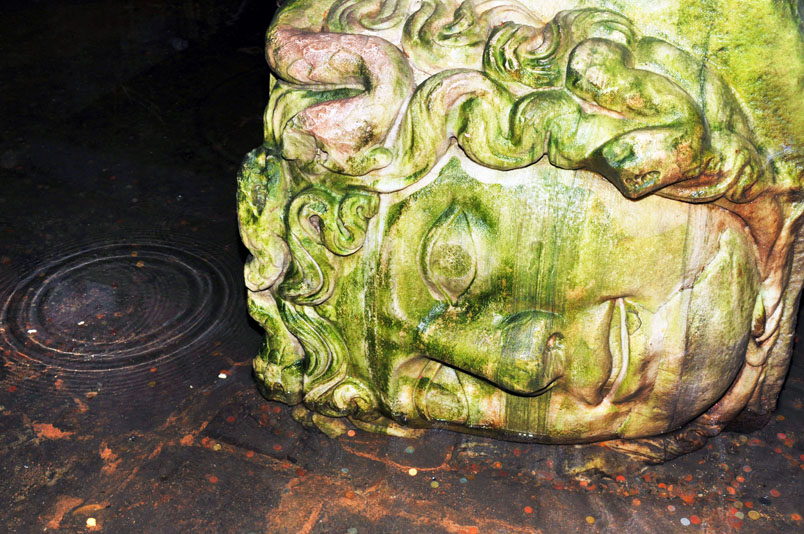
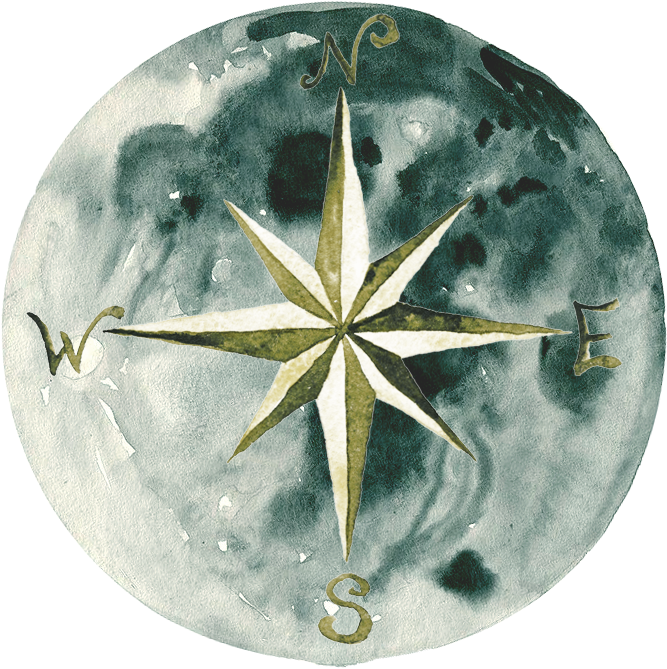
Looks quite eerie yet fascinating too! And the fish, not what I’d have expected.
Sam recently posted..10 Essential Travel Items You Can’t Travel Without!
Hey! Your pics from the Basilica Cistern are amazing! I went during the summer of 2010 and my pics weren’t as good! You definitely captured the strangeness of the cistern! I remember when I went my friend and I kept thinking about that scene in Phantom of the Opera when the Phantom brings the girl in the boat down into his lair! Just like navigating the walkways around the cistern. But again fantastic post and pics 😉 You’ve got a new regular reader here!
-Gaby
Gaby recently posted..Downtown Beirut/Beyrouth Centreville
Haha! You’re totally right about the Phantom of the Opera! And it’d be pretty awesome to paddle around there in a boat 😀
This looks super cool – kind of like something out of Ghostbusters or Neverwhere, haha
Chris recently posted..My Ten Year High School Reunion
You still got some great shots even without your tripod!
Nomadic Samuel recently posted..Thanks A Million!
The Basilica Cistern is one of my favorite things I did in Istanbul! It was so super creepy, but gorgeous. I loved the history. Great pics.
Emily recently posted..Three December Travel Contests You Should Enter!
I remember when I went my friend and I kept thinking about that scene in Phantom of the Opera when the Phantom brings the girl in the boat down into his lair! Just like navigating the walkways around the cistern.
Shanon@ReadingApps recently posted..10 Free Apps For Kids
Haha, this seems to be a popular opinion (see comments below)
😀
Never heard about this before. Istanbul is on our list and this will be one of our first places we will visit. Thank you very much for sharing.
For 91 Days Travel Blog recently posted..The Temple of Apollo and the Fountain of Arethusa
I hope that you do get the chance to visit 😀
I remember studying this place in my art history and architecture courses! Seeing this cistern would be a dream. And that’s pretty cool that there are fish swimming at the bottom of the church! 😀
Audrey recently posted..Around the World from A to Z
Dear Seattle,
I am a historian, travel photographer & an expert of ancient Constantinople.
I liked your photos of Basilica Cistern, But I wanted to correct some parts of your writings 🙂
Basilica Cistern was built by Justinian after 532 with the purpose of storing water for the Byzantion Great Palace and nearby buildings, such as Hagia Sophia.
It is NOT flooded and never been a CHURCH. Yes, It’s also called the Sunken Palace Cistern because that’s what it looks like.
Now, you can go and walk in it as it is not full of water anymore & serving as a museum.
The Water inside today is not imported from anywhere. The Cistern gets water from the city’s water network today.
Yes, There is an aquaduct, Valens Aqueduct (Bozdogan Kemeri in Turkish) built in the 4th century A.D. by Valens. The aqueduct connected the third and fourth hills of Istanbul & Water was transported to the Byzantine palaces around the Walls of Constantinople & city cisterns at Beyazit and Grand Bazaar areas only.
It means Basilica Cistern was only watered by RAIN water. As we all know it rains alot in Istanbul.
With the Destruction of Paganism in Constantinople and persecution of pagans in the late Roman Empire, Pagan Temples and Shrines wewe pillaged & torn down.
As some of the columns, Medusa heads were imported from the Roman – Pagan Temple in Beyazit area.
Once They were standing on the pediment of the Roman Temple with glory in Beyazit, Later recycled by the architects of Justinian.
Medusa heads were perfect bases for the short columns at the corner of Cistern.
Nobody saw them till the Cistern became a Museum. Cos’ It was under the water, as a regular stone ONLY..